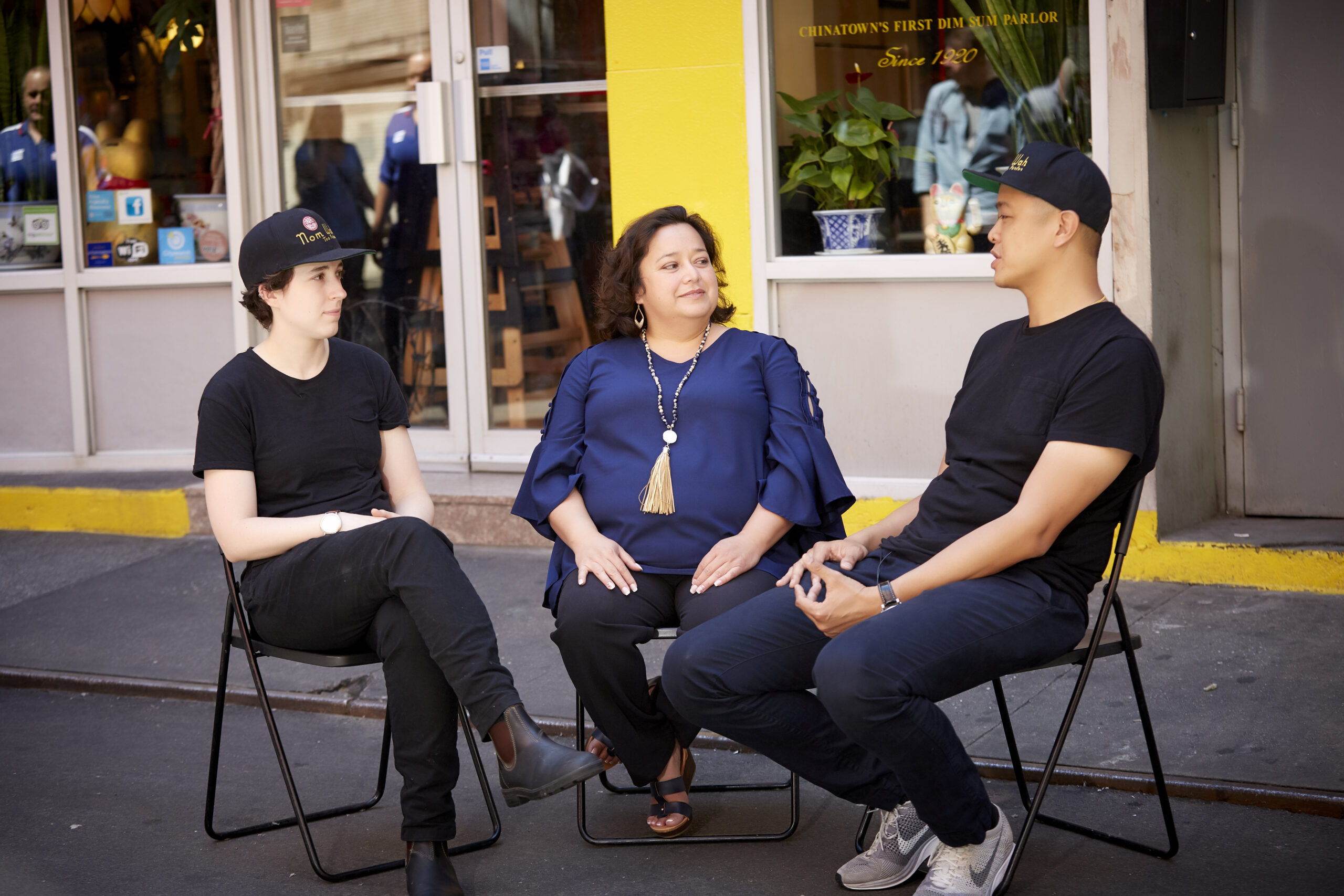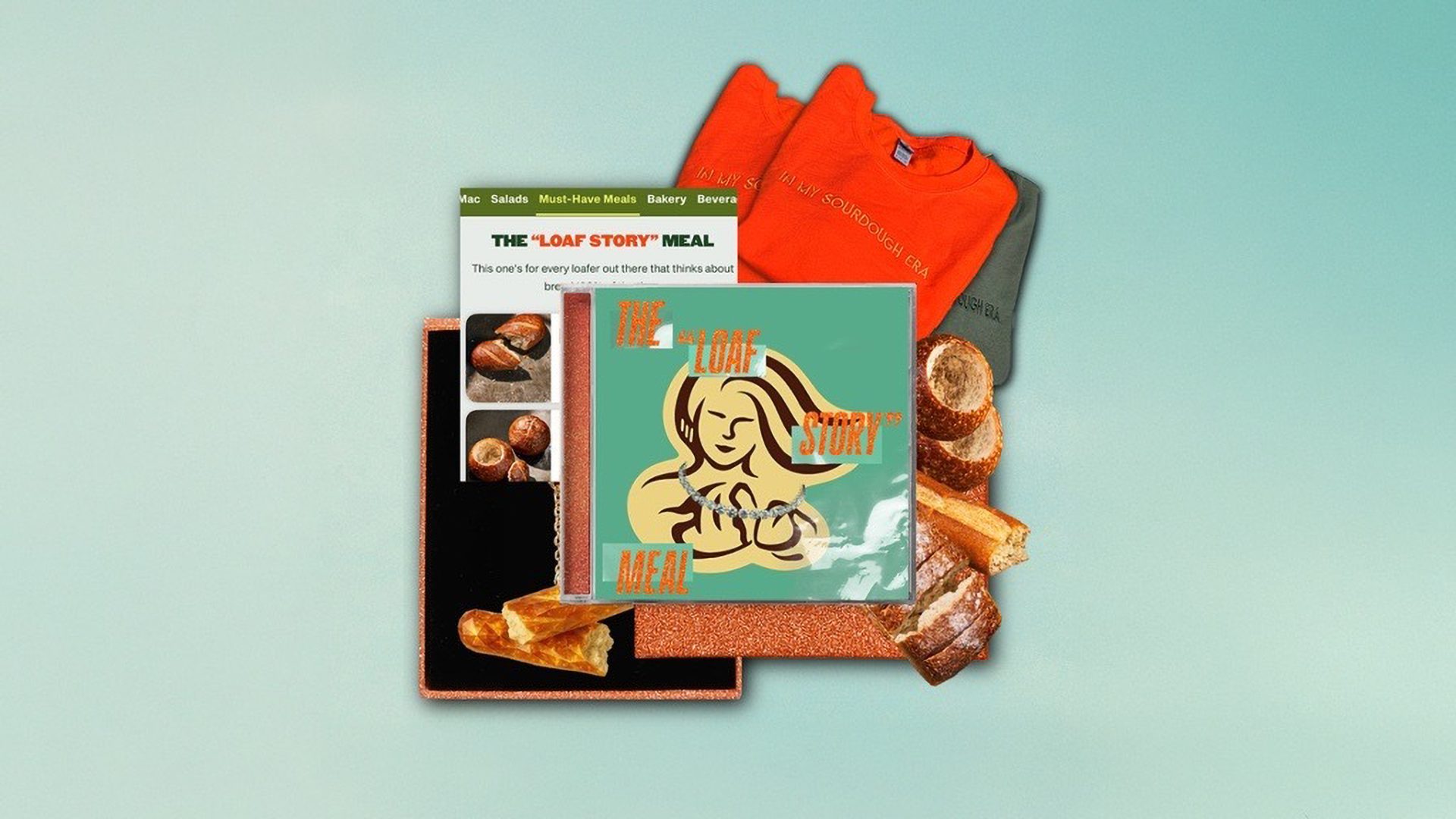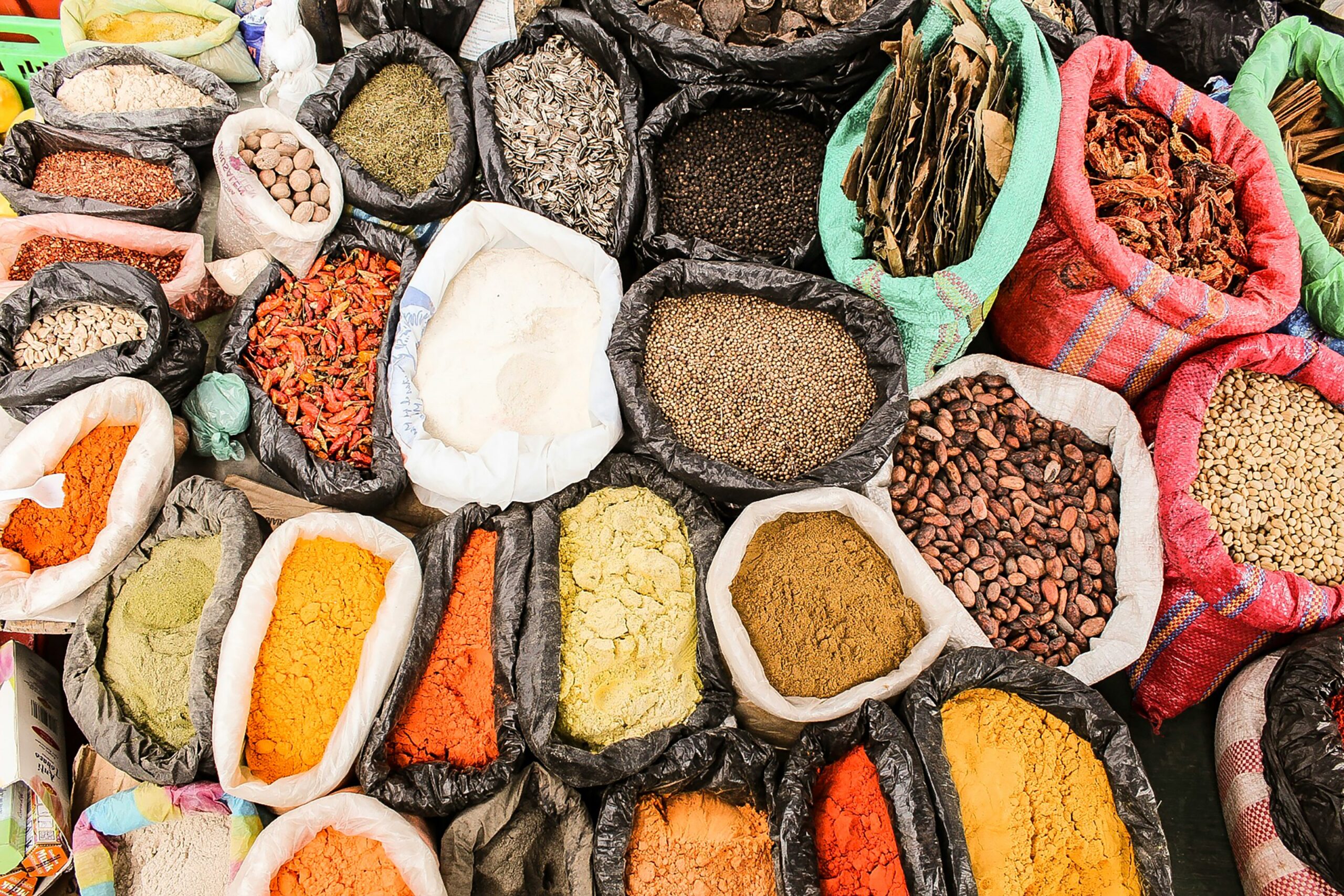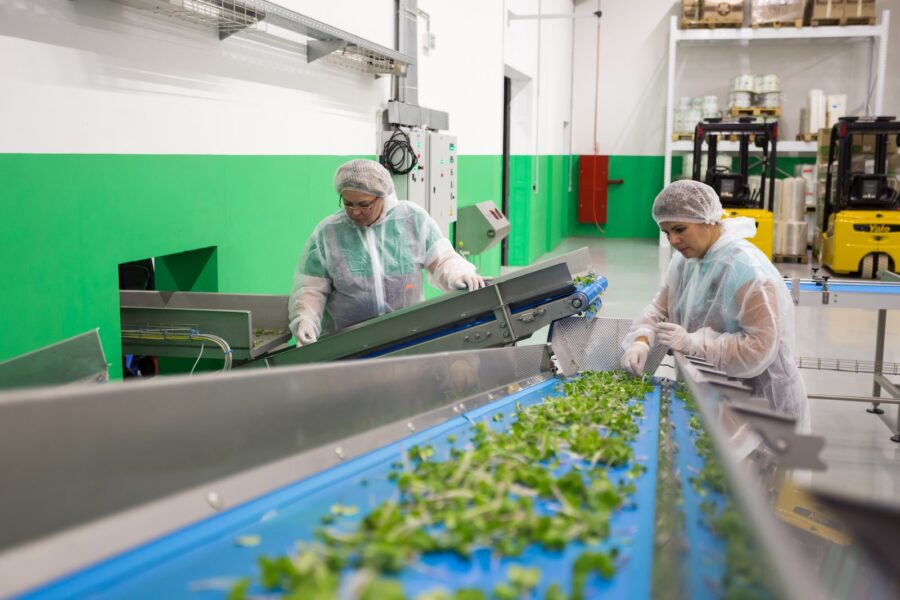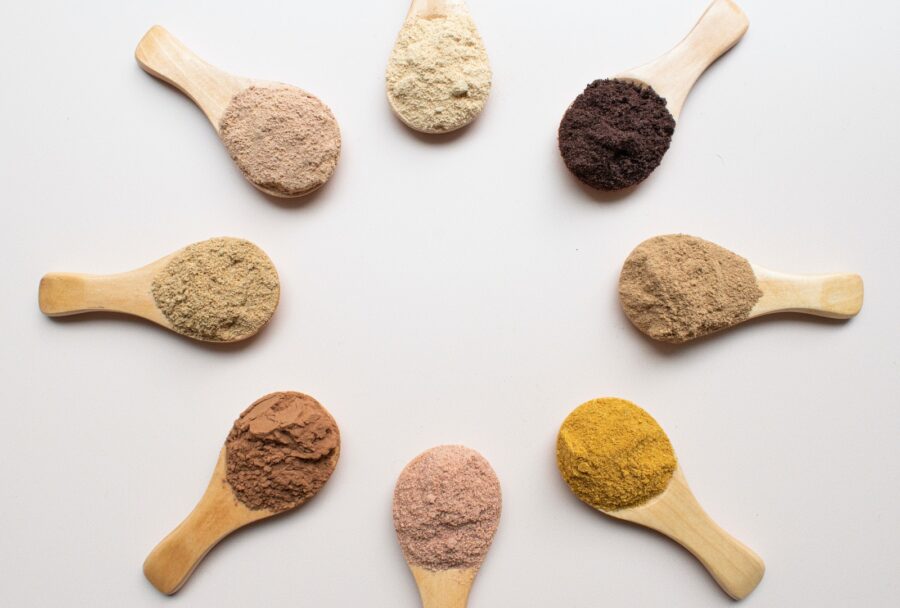“If you want to study tigers,” Dr. Tanya Rodriguez mused, “would you study them in the zoo or in the jungle?”
“That’s why Hormel employs me,” she laughed, “to be in the natural habitat of consumers. To cook with them in their homes, to shop with them, to take the pulse of the consumer.”
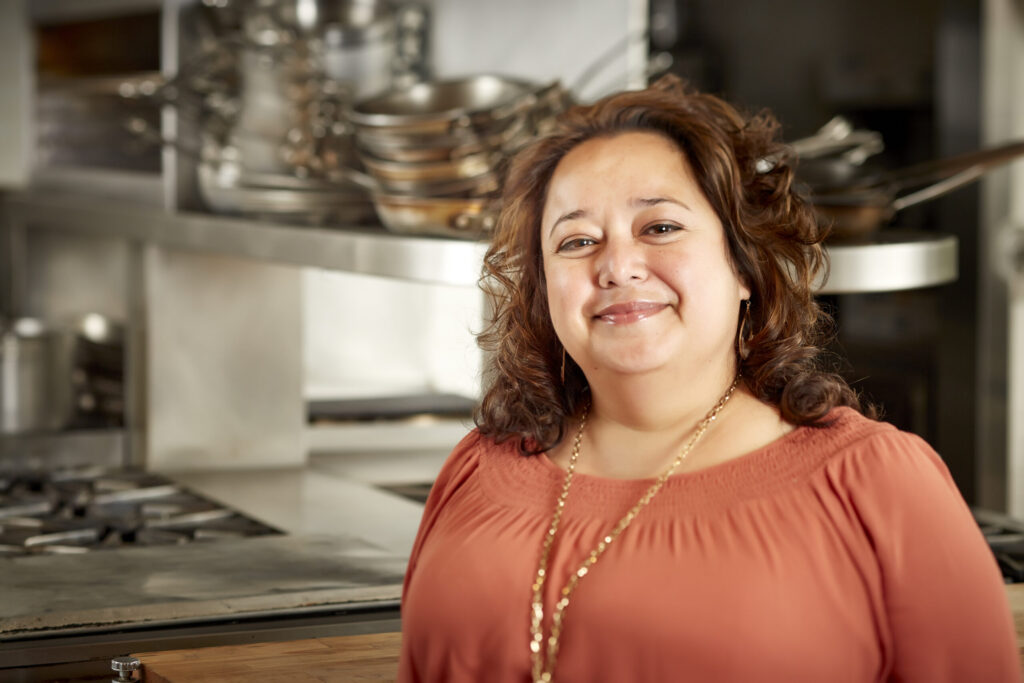
All images courtesy of Hormel Foods.
That, in a nutshell, is the tip of the iceberg of Dr. Tanya Rodriguez’s journey from the University of Wisconsin to her globe-trotting vocation with Hormel Foods today. Studying to be a medical anthropologist while trying to finish her dissertation, she spied an opportunity on the job board that described ethnography, being home with consumers, looking at retailers, and truly trying to understand why people choose the products they do.
“When you study health, you inevitably study food,” she added, “and my research already covered how food affected overall lifestyle; the job with Hormel seemed like a great opportunity to further explore that.”
It also didn’t hurt that her grandparents were no strangers to the company’s products. Her grandmother made SPAM® and egg tacos, which were a staple in the household. Her grandfather was a hunter, and used to tell the family, “If I don’t bag a buck, we’ll eat Dinty Moore.”
“SPAM is a product that delivers in so many ways,” Dr. Rodriguez noted, “and it doesn’t even have to re-invent itself; the consumer does that.”
Re-invention; culture; identity. These are the pillars Dr. Rodriguez notes that food – spicy, sweet, smooth, comforting, indulgent, multinational – stands upon in our homes, in our communities, and in our lives.
And it’s led to a wild (and wildly delicious and rewarding) career.
Food Science or Food Witchcraft?
Dr. Rodriguez said she understood the power of food in a profound way from the start of her career. With a background as a social worker, she learned how access to food is as much about feeding the body as feeding the spirit, which allowed her to empathize with consumers.
“Our collective ancestors were very smart,” she noted, adding that we give a lot of credit to technology – today more than ever – but much was accomplished by previous generations (like bio-dynamic farming) that set the stage for today’s balanced nutrition.
“Working with food helped me see all the ways my grandma was a scientist,” she said, “and though it seemed like witchcraft, it was actually food science,” she recalled with a laugh, citing how her grandmother cured ear aches with a home remedy.
What excites Dr. Rodriguez about today’s food culture is how wildly simple it is to experiment with other cultures’ cuisines. More foods, chefs, cuisines, and cultures are being featured from grocery and retail aisles to chefs’ menus and restaurants’ offerings than ever before – the sheer volume and availability of fusions and re-invention is staggering.
The same even applies to SPAM.
Zooming out a bit, Dr. Rodriguez is thrilled to live in a time when underrepresented voices, cultures, and cuisines can easily take the world by viral storm. She’s quick to point out that for many cuisines, blanket terms like “Mexican” or “Asian” just don’t do it anymore – the people, and the food, deserve more.
“Are there universal truths among Asian cultures and their food, for example? Sure. But the granularity of Asian cuisine – to differentiate Japanese, Korean, Thai, Chinese, and more – that’s super important, and consumers desire it. The way people desire food and food experiences has become much more complex.”
To clarify further, she pointed out that Mexican food is often the gateway to a much larger Latino food culture. It’s getting quite specific, too, as people seek out Peruvian, Ecuadorian, or Venezuelan cuisine, for example. People want complexity.
“Even how people encounter and experience food within their own cultures is changing,” she noted, describing the floodgates that open when enough time and exposure to other flavors, textures, and ideas yields truly novel and often wild adaptations of intra-cultural food and flavor mash-ups.
Tomorrow’s Foods, Flavors & Fusions
“Salsa!” Dr. Rodriguez laughed.
“I hope to see more salsa in the future; we’re familiar with red and green salsas, but more localized salsas may become more evident,” she answered, when asked about what she sees coming to American foodservice, restaurant, and retail as the 2030s approach.
She also believes African cuisine is on the uptake, “especially around grains, spices, and sauces. Jamaican food has all those roots, and for many may serve as a gateway to a broader palate.”
Dr. Rodriguez said that her experience with Hormel Foods over more than a decade has lent itself to many memorable moments “deep in the consumer experience,” whether cooking with them at home or accompanying them on grocery trips. What’s out there? Who’s cooking? And what’s on tonight’s menu?
“I take managers and analysts in the field to experience that as well,” she said, “and Hormel is deep in the consumer experience ethnographically.”
Dr. Rodriguez is a part of the company’s Cooking & Culture Project, an initiative that helps promote and foster the stories behind cuisine from voices both inside and outside the company.
“We are profiling the culinary diaspora, if you will, to capture and preserve history. When we learn about new cuisines, as a people, we should consider them DEI [diversity, equity, and inclusion] projects as well. That’s what food offers, what it can be.”
Spotting a LEGO X-wing on the shelf behind me during our call, Dr. Rodriguez said she wants to be an uncommon champion for the common good.
“I divide the world into Sith and Jedi,” she laughed. “I want to be a Jedi.”
When asked about any parting thoughts regarding her remarkable career and time at Hormel Foods, working with consumers, and cultivating a globe’s worth of experiences, people, and certainly food, Dr. Rodriguez left me with this:
“Panza llena, corazón contento.”
“Full belly, happy heart.”
The Food Institute Podcast
Corn stocks, poultry flocks, and highly-pathogenic avian influenza – what does the U.S. agricultural system look like amid inflation and other headwinds? Wells Fargo Chief Agricultural Economist Dr. Michael Swanson discussed specialty crops, grain plantings, and what to expect in the growing year to come.


